The Zeiterion is a respected area icon that has been around for almost a century. New Bedford’s love affair with theater goes back to the 1820s. Before television, before radio, theater was the form of entertainment.
The primary venue for entertainment was the humble tavern. The first historical mention of a tavern providing entertainment for the masses was of “Cole’s Tavern” in 1824 playing “Pizarro,” by German playwright August von Kotzebue. The play was almost 3 hours long and performed by a traveling troupe of black actors.
In those days, uptight folks were appalled at the saucy topic of the popular play and tried to quash the performances. Of course, actions like this backfire and further publicize the venue and the performance. In spite of the popularity of Pizarro, selectman managed to have the show canceled under threat of persecution. The troupe had only ten performances.
But the people had spoken: they wanted to be distracted. They wanted to shed off the toil and stress of the day and be whisked away. “Entertain us!” they demanded. And so other venues began to spring up to supply the demand.

Another popular early venue was “Reverend Dewey’s Meeting House” which served as the Congregational and Unitarian Church on the northwest corner of Purchase and William Streets. Baycoast Bank is there today. The “pious” nature of the subject matter allowed the venue to prosper, and local politicians even allowed rehearsal at the town hall. It would eventually burn down and become the Liberty Hall in 1864. If it was theater, concerts, or lectures, the Liberty Hall was the destination.
A number of circuses cropped up, more theaters, like the Lion Theater which showcased Shakespeare, were built. There was Nelson’s Tavern, Academy Hall, Alcazar Theater, the Big Nickel, Mr. Holmes Meeting House, Union Square Theater Company and many more.
At one point Acushnet Avenue was home to over a dozen theaters starting with Lupo’s in 1897. It was a sort of “Theatrical Row,” where a plethora of shows were offered.
The point being that New Bedford’s theatrical history is a long, interesting, and deep one. There are few bastions of this tradition left, and the Zeiterion is one that is still shining. On the corner of Purchase and Spring Streets, the site was originally Nelson T. Fuller’s blacksmith shop before being sold to Brownell & Ashley Carriages who razed it and erected their factory there in 1862 in the middle of the Civil War. By 1920, Stephen C. Lowe would take over the building and move the carriages into the future with an automobile business offering a line of Cleveland and Chandler cars.
In 1922, the automobile shop would be bought by the Zeitz family comprised of Harry Zeitz (president), Fisher Zeitz (managing director) and Moron Zeitz (treasurer). They owned a number of theaters including the New Bedford Theater and the Empire Theater locally, the Civic Theater in Maine, the Academy Theater in Fall River, and the Paramount Theater in Providence. At this point America had more than 15,000 theaters and they began to install the new fandangled “talking motion pictures.” Their New Bedford Theater would be third in New England to offer these “movies,” beating Boston and Providence to the punch.
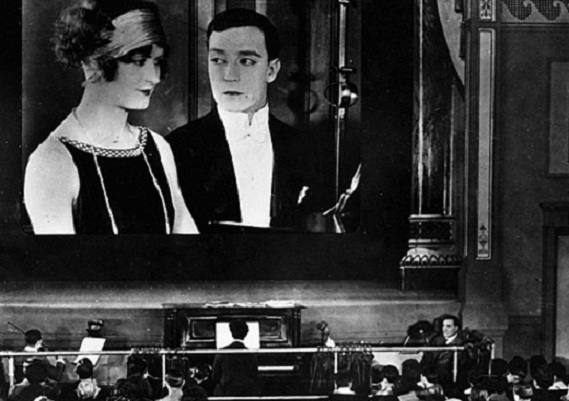
They touted their fleet of venues as the “Home of the World’s Largest Pictures.” They would tear down the factory and break ground on the Zeiterion Theater on March 14, 1922. The intention was for the theater to be the place to go for “live performances of vaudeville.” The new venue would respect its foundation in stage performances, but would also have one eye on progress and offer these new movies.
However, the Zeiterion Theater name would last only a few short months and be renamed the State Theater on April 2, 1923. The first performance on that day was a stage show called “Trouble of 1923,” starring George Jessel who was famous for his vaudeville performances, most particularly a comedic skit called “Hello Mama” or “Phone Call from Mama.” From that point onward, the Zeiterion would grow in popularity by continuing to put on some of the nation’s most interesting shows, plays, movies, ballets, concerts and stage shows.
By 1971, the theater was approaching 50 years of age and the powers-that-be felt that the theater needed some modernizing. The grand architecture, marble walls, chandeliers, contemporary leather rocking seats, ivory and old Rosewood were either covered up, removed or replaced.
At some point in the 1970s, the city suffered economically and downtown stopped being a prime destination. The State Theater suffered and eventually closed its doors for good. As time went on, discussion was had over destroying the building altogether. Locals who had fond memories of the theater and cared about local history, began to campaign for the building. In the early 1980s, the Penler Brothers of Paragon Travel donated the theatre section to WHALE, or Waterfront Historic Area League.
The locals continued to campaign for the building and their efforts paid off with WHALE getting further involved and providing $200,000 towards restoration.
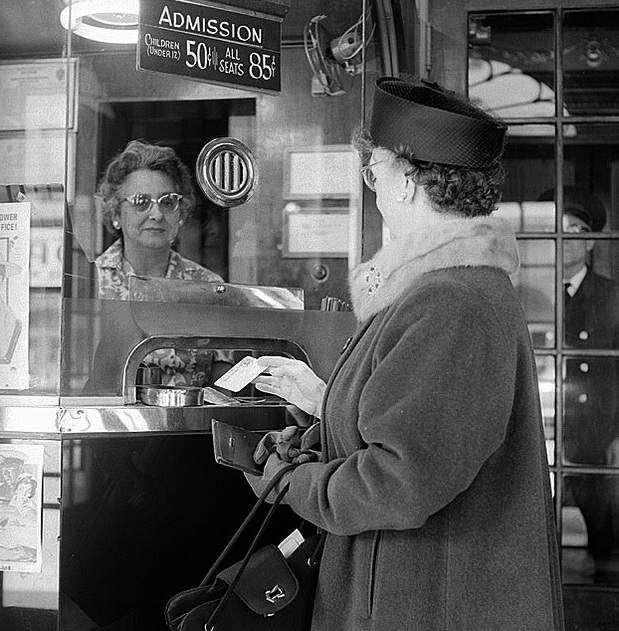
The theater would reopen in September 25, 1982 under a new name respecting its origin: the Zeiterion Theatre. The first performance was by singer and actress of stage, film and television, Shirley Jones who had been wowing people for 6 decades.
The Zeiterion continues to provide a broad variety of the best live performances from talent across the world. Recently, I enjoyed my favorite band, the “Gipsy Kings” and the house was positively packed. There is something about a smaller venue that creates an intimacy that is lost in the big arenas. It creates an energy and atmosphere that you just can’t get in the stadiums.
A glance at the Zeiterion’s event list shows that they are booked over a year out for a reason: quality talent is returning to the small venues for the intimacy. Not just intimacy with their audience, but by a world-class, passionate staff of people.
Looking at the venues offered across the nation, the Zeiterion theater comes up as not only an interesting choice because of it’s local history, but also because it is part and parcel of this nation’s theatrical history. To perform in a place like the Zeiterion is to be a part of America’s history as much as it is New Bedford’s history.
Whether it is comedy, a musical, play, theater, or any other possible type of stage performance the best in the world are coming to one of the best venues in the world, our Zeiterion.
 New Bedford Guide Your Guide to New Bedford and South Coast, MA
New Bedford Guide Your Guide to New Bedford and South Coast, MA

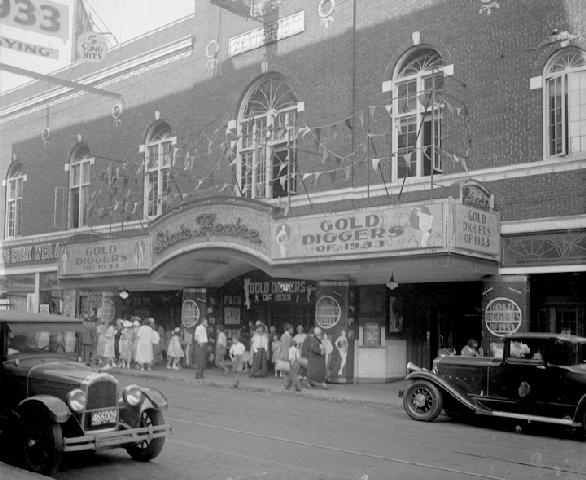



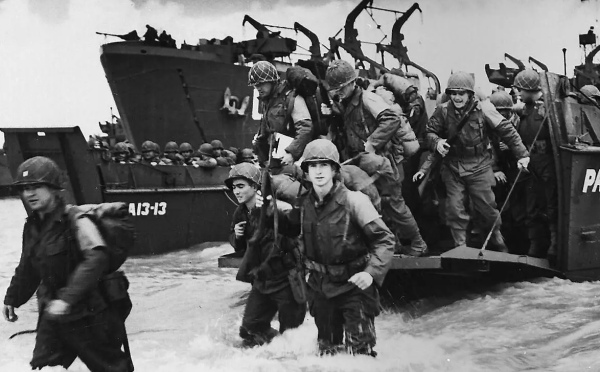


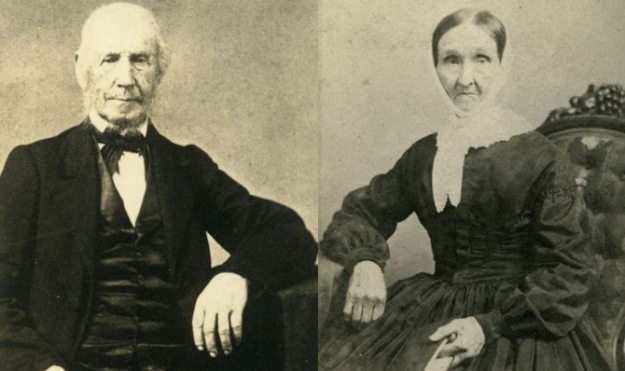
This is cool. Grew up in North end. Love reading the history. Lived on a street I can say it but can’t spell it. Keep the articles comming. There awesome